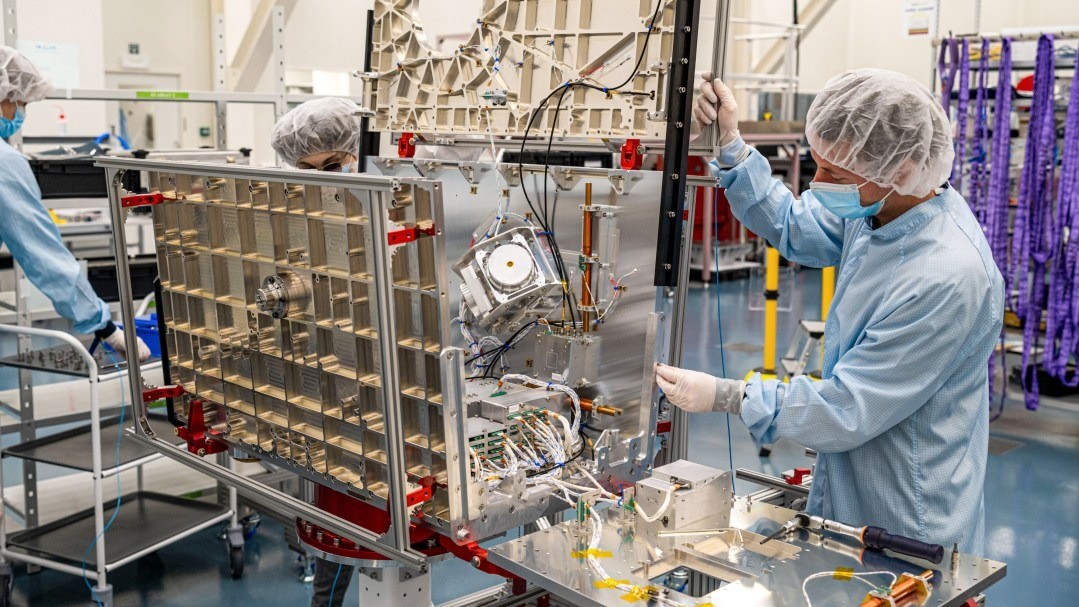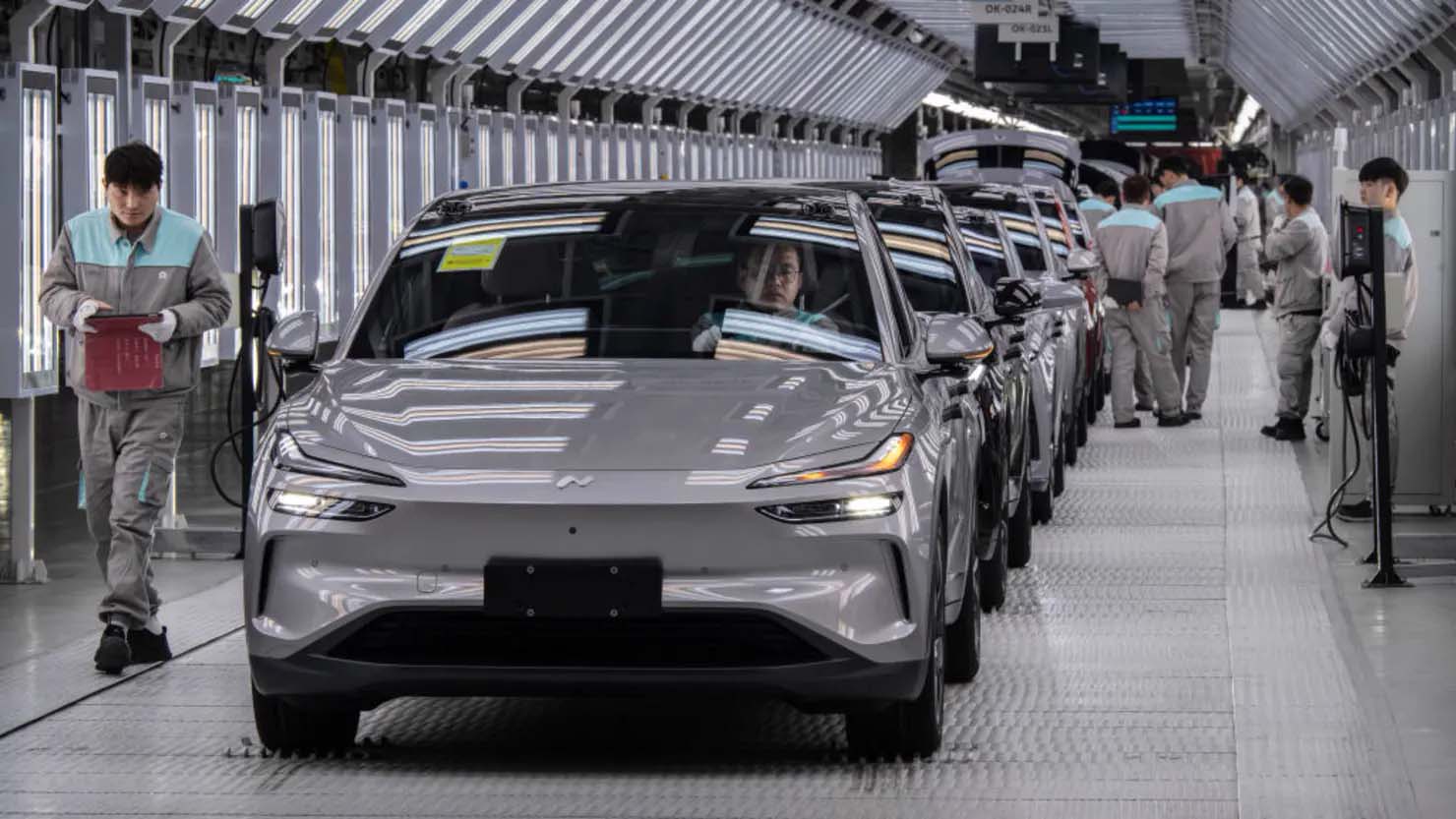Nvidia has started mass production of the DRIVE software platform, which is designed for use in autonomous transport systems. The solution is positioned as a technological base for the development of mobility based on artificial intelligence, with the possibility of flexible integration into various car models.
The DRIVE platform offers automakers a modular architecture: manufacturers can use both the full set of functions and individual components of driver assistance systems. All-round visibility, automatic lane change, automatic parking, and active safety functions are supported, which corresponds to levels of autonomy 2+ and 3.It is possible to further scale the platform to higher levels of automation.
Ali Kani, vice president of the automotive division at Nvidia, previously stated that the achievement of fully autonomous vehicles of the fifth level is not expected until the next decade. However, the company has already rolled out DRIVE in partnership with leading automakers. The list of strategic partners includes BYD, Mercedes-Benz, Toyota, Volvo and Volkswagen.
One of the key elements of the platform is the ability to learn from large amounts of data about driver behavior. DRIVE uses machine learning to analyze and interpret traffic situations, combining perception, forecasting, and planning into a single architecture. Processing is performed without using hard-coded algorithms, which, according to Nvidia, makes the car's behavior as close as possible to the actions of a real driver.
The platform learns from a combination of real and synthetic data. This allows you to simulate rare and dangerous road situations, creating a more stable behavioral model. Unlike fixed-logic systems, DRIVE makes decisions based on real-time context analysis.
The hardware basis of the solution consists of three key elements::
- DRIVE AGX-on-board computer for performing AI functions in real time;
- DGX servers for training artificial intelligence models;
- Omniverse and Cosmos are platforms for generating synthetic data and 3D modeling, running on servers with L40S GPUs.
According to analytical forecasts, the integration of AI into driver assistance systems will be one of the main directions in the transformation of the automotive industry in the coming years. Nvidia relies on centralized management and platform adaptability, while expanding its influence in the global automotive technology market.











